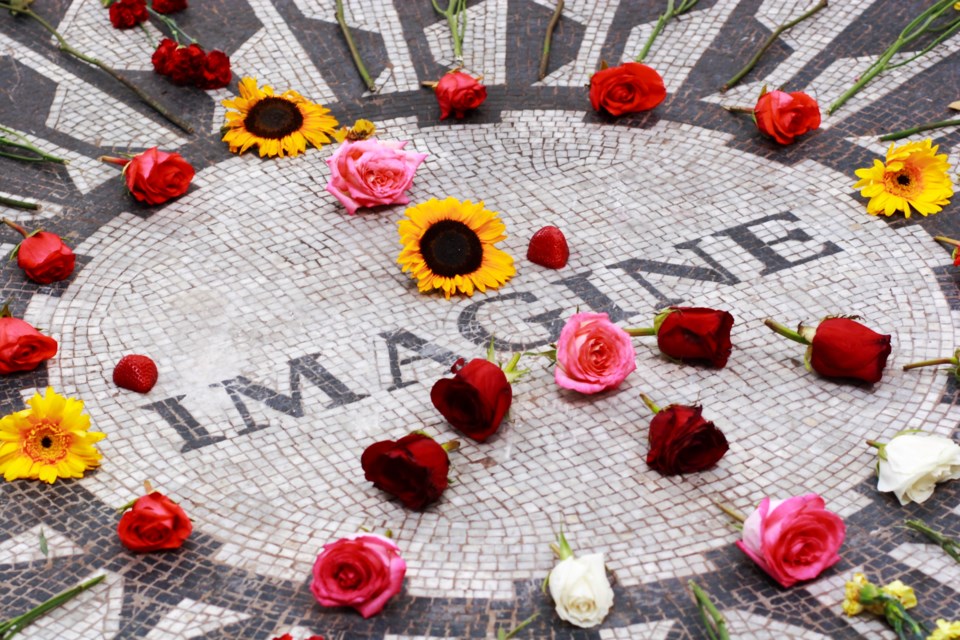Whether you were a fan or not, it is difficult to deny the impact the Beatles made on the last 60 years of music, and there would be no Fab Four without the group's founder, John Lennon. His name has been lifted among the lauded as one of the greatest songwriters of all time; his music has sold millions of copies well before streams ever existed. His legend loomed so large that there were portions of his life when John couldn't walk the street without being swarmed by a mob of screaming fans.
In less than 40 years of life, he claimed to be "more popular than Jesus" and added the term "bed-in" into the cultural zeitgeist—all before being murdered under the archway of his apartment building in New York City; his wife, Yoko Ono, by his side.
On the surface, his life story appeared to be a meteoric rise to the top of stardom worthy of envy or emulation. Underneath it all, however, John was a far more complex character than the sleek suits and mop-topped hairstyles of the early '60s portrayed. Many know who John Lennon is, but who was John Lennon, really?
It's the question that inspired Stacker to pore through countless interviews, articles, videos from his murderer's confessions, and even the FBI's 200-plus-page dossier to take an in-depth look at the life story of John Lennon you may not know—from his tumultuous childhood in Liverpool to his murder at the Dakota.
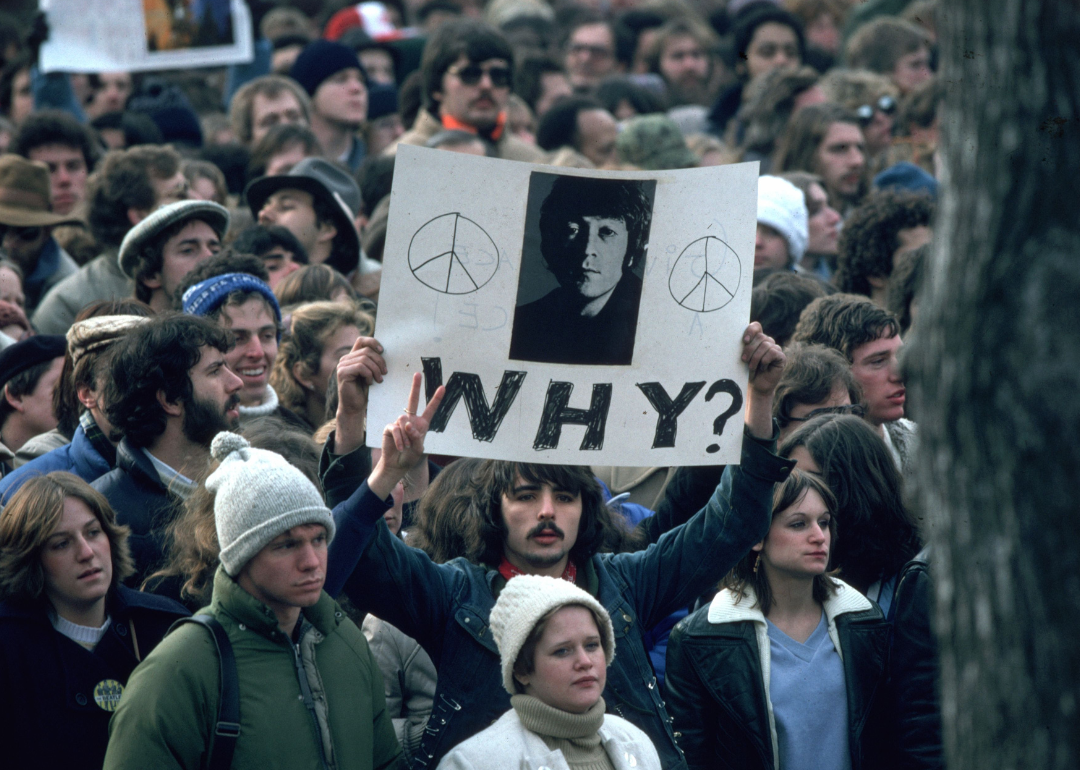
Dec. 8, 1980: The death of John Lennon
To tell the story of John Lennon's life, we're loosely working backward from his death. On Dec. 8, 1980, after returning home from a recording session with his wife, Yoko Ono, John was shot at point-blank range by 25-year-old Mark David Chapman.
His murder so rocked the world that, decades later, many still recalled where they were the moment they heard the news. During his parole hearing in 2012, John's murderer admitted he killed the singer-songwriter for the kind of fame he knew it would bring him.
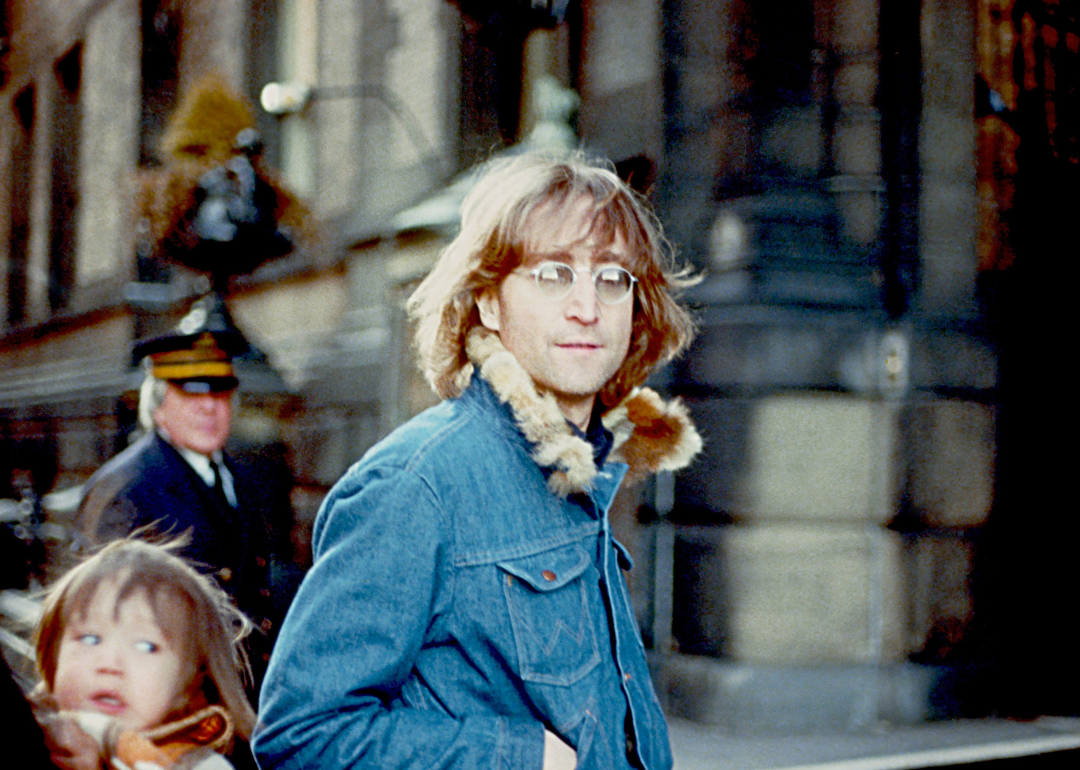
John Lennon's last words
For nearly 30 years after his murder, Yoko Ono remained wholly silent about her husband's last moments. In 2007, in an interview with BBC Sounds, Ono remarked that the final words John had said to her were that he didn't want to go out to get dinner, opting instead to go home so he could see their son, Sean.
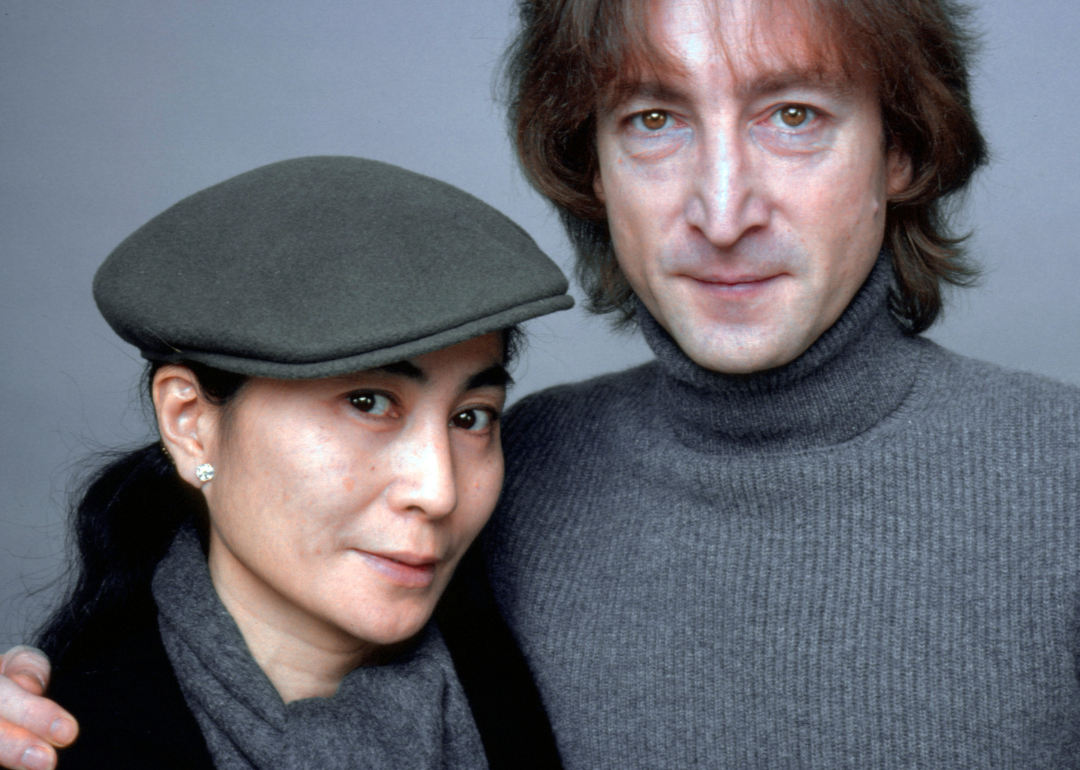
The short-lived double fantasy life of John and Yoko
John's assassination detracted from the fact that, two weeks earlier, he'd released what many now consider the most revealing and introspective album of his life, alongside his wife, Yoko Ono, called "Double Fantasy." Making the album was a cathartic experience, where John translated his emotions, fears, and deep love for his wife into one place.
The name "Double Fantasy" came from a species of freesia flowers John said described the beauty of his relationship with Ono. The couple further displayed their love on the cover of Rolling Stone, featuring John stripped bare and wrapped around Ono. The photo, taken by Annie Leibovitz, was shot only hours before Lennon's death.
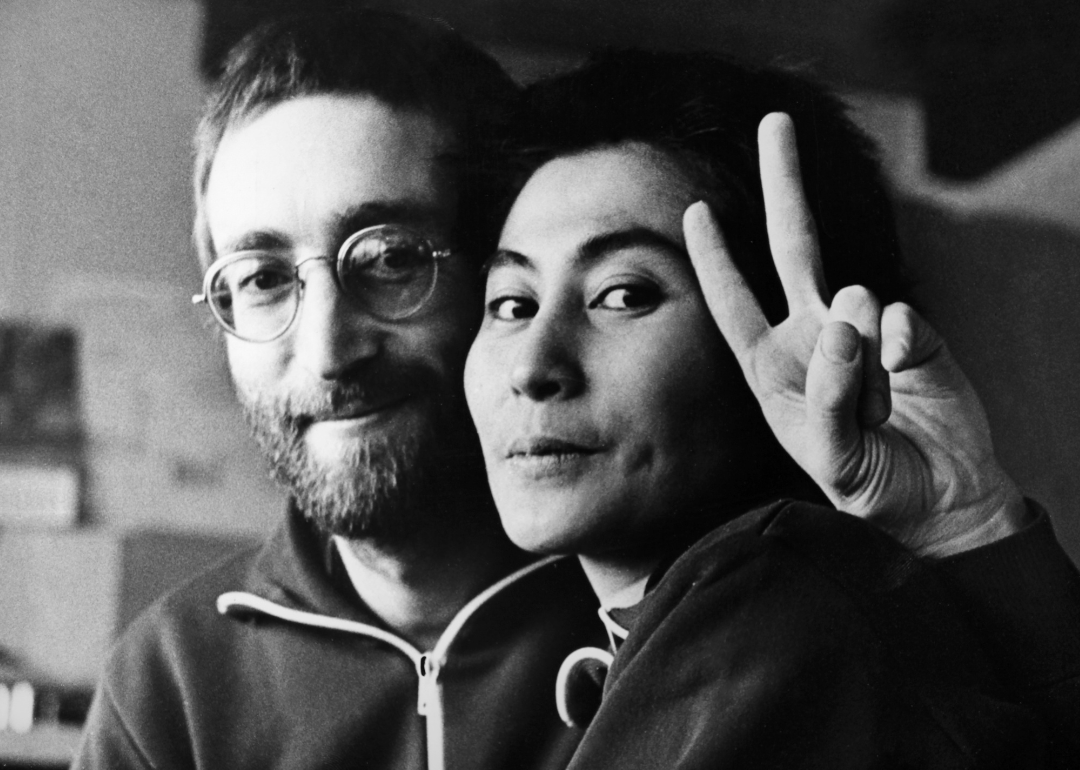
John's relationship (allegedly) broke the Beatles
Yoko Ono and John's relationship may have been idyllic to him, but for many Beatles fans, the couple was not well-loved. Ono and her relationship with John was blamed for the Beatles' breakup in April 1970, 10 years before his death. Years after John's killing, Paul McCartney stated that he never blamed Ono but John himself for the breakup. According to McCartney, John viewed the split as "thrilling," a form of divorce.
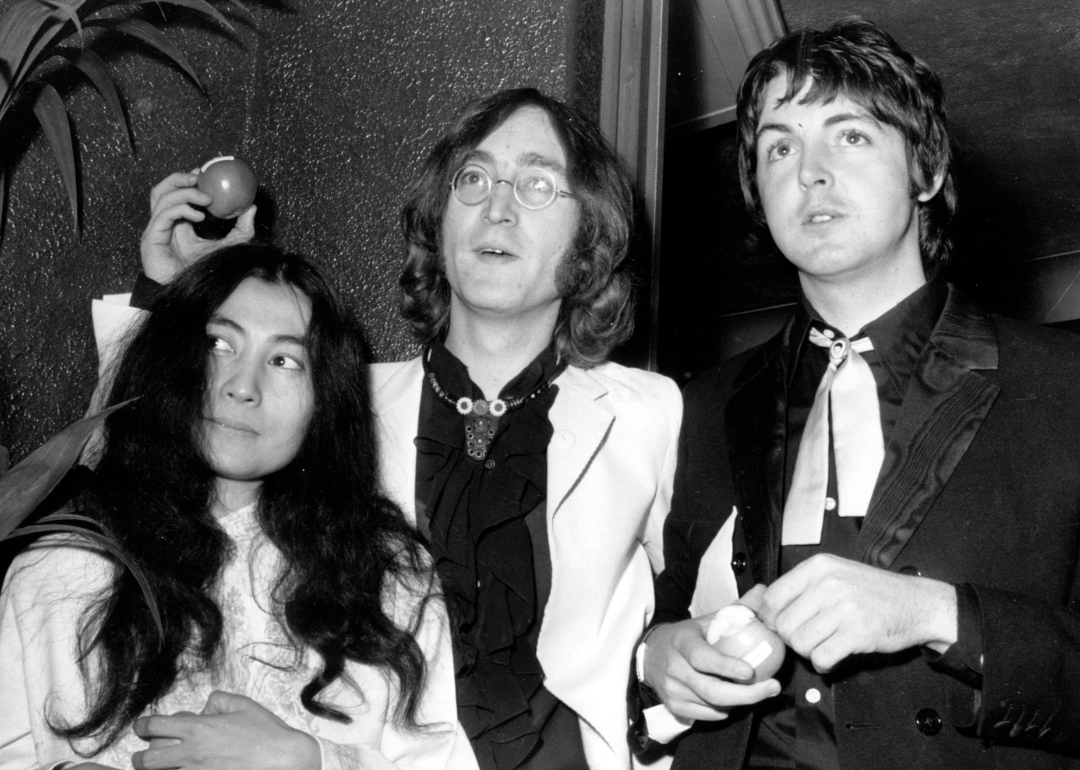
A romance of tumultuous proportions: Yoko was John's mistress
Though the relationship between Yoko Ono and John was hated by many and seemed to impact millions across the globe, perhaps its greatest impact was on Cynthia and Julian Lennon. Cynthia, John's first wife and the mother to his son Julian, was still married to John when he began seeing Ono. Cynthia learned of the affair when she came home one day to discover Ono in her kitchen drinking tea in a bathrobe.
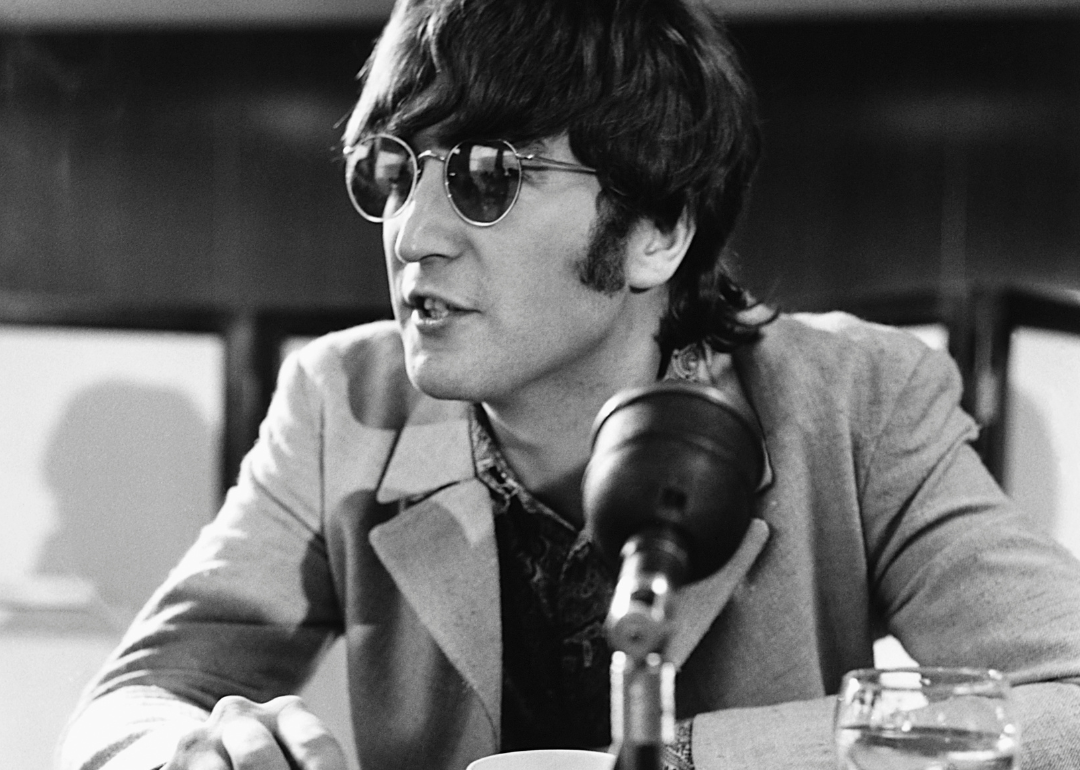
Fighting men and hitting women
The seeming indifference John showed his first wife by having Yoko Ono in his marital home was a pattern that seemed to follow the singer through most of his life. In his final interview, given to RKO Films days before his death, John admitted to "fighting men and hitting women" throughout his young and adult life. He surmised that had he not met Ono and begun to take a deeper look into himself by various means, the pattern may have continued.
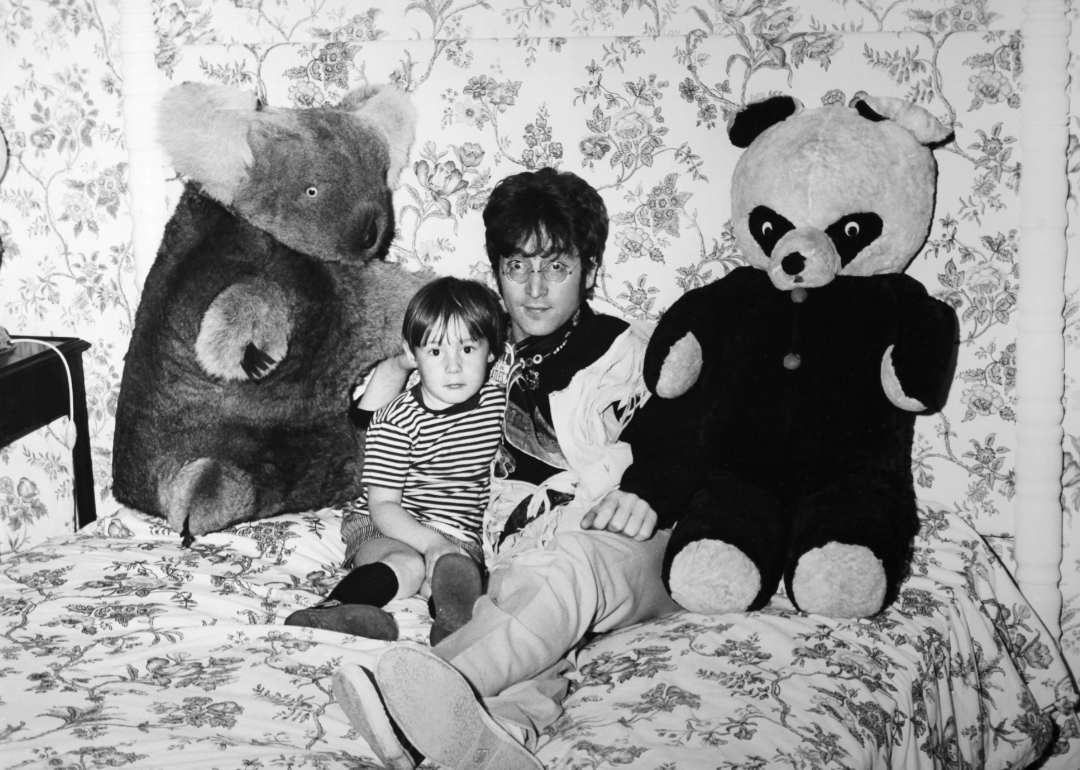
The child left behind
While John was building a new relationship with Yoko Ono, eventually having a son (Sean) together, John's first son, Julian, had a less than amicable relationship with his father, at one point telling The Telegraph that John was a "hypocrite" who could talk about peace and love, but not live it.
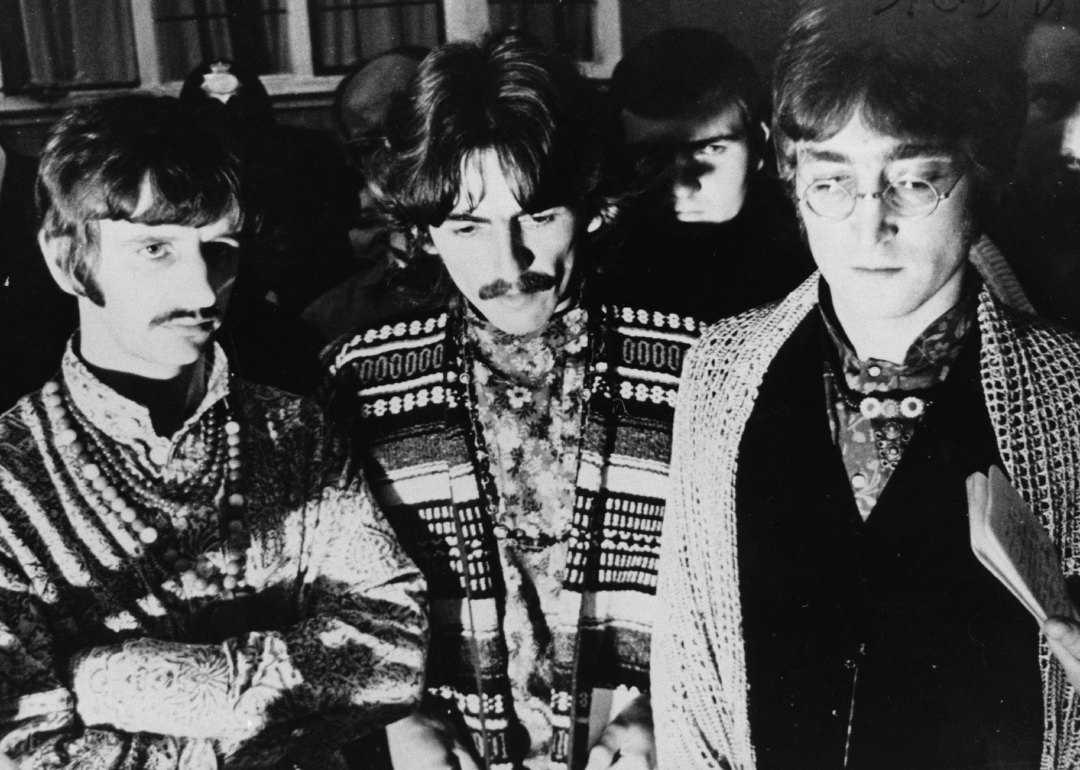
John barely made it through the sudden death of Brian Epstein
By the time John turned 25, he was dealing with a level of fame that most could never fathom. He often relied on his powerful relationship with Beatles manager Brian Epstein for support. Jokingly called "the fifth Beatle," Epstein discovered, nurtured, and carried the Fab Four to fame through every up and down they faced. When Epstein tragically died of an overdose at 32, John was devastated and went into a tailspin that no one—besides Epstein—would have known how to handle.
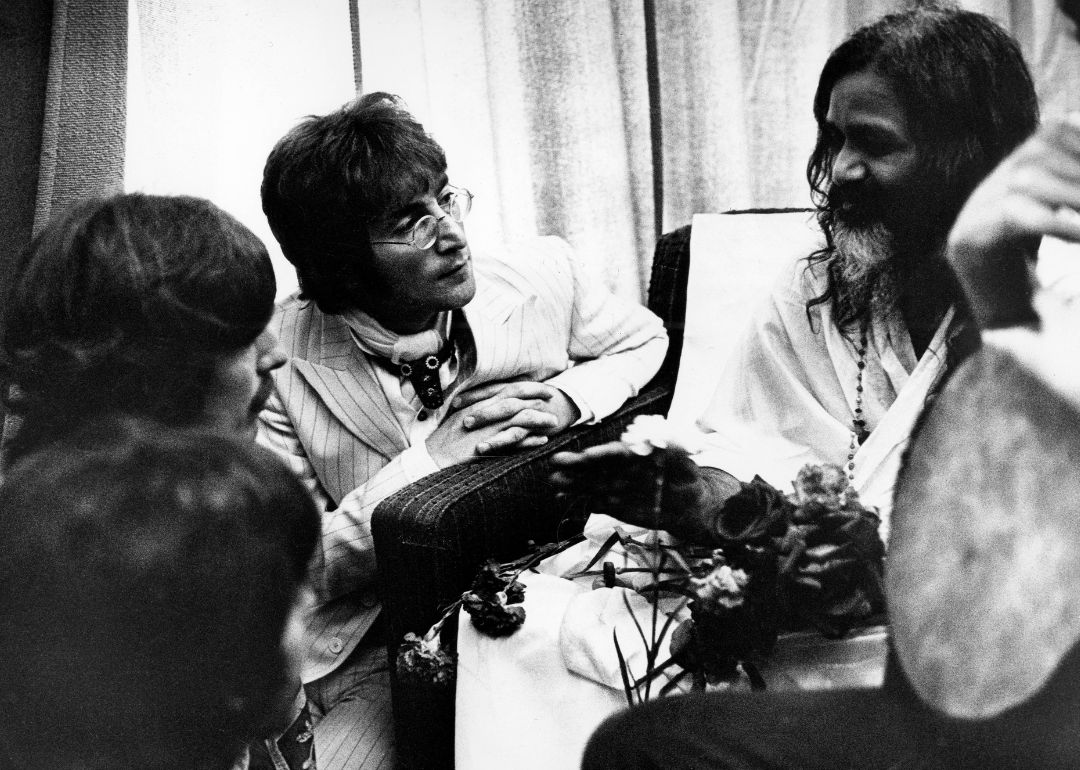
The darkest days bring 'The White(st) Album'
According to Paul Saltzman, director of the 2020 documentary "Meeting the Beatles in India," the Fab Four's extended stay in India was meant to maintain John's sanity after the sudden loss of Epstein. Saltzman, who was with the Beatles during their excursion, said the trip allowed the singer to breathe and process. John went on to write many of the songs found in one of the group's most beloved and acclaimed works, "The White Album."
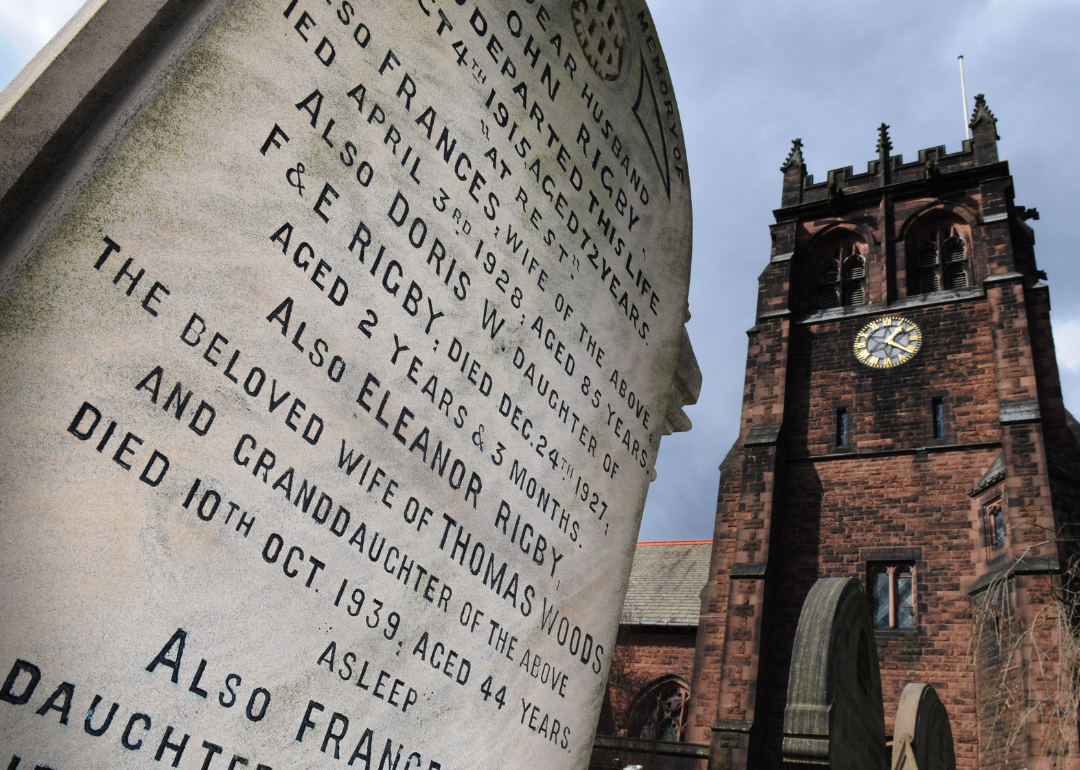
Tragic deaths seemed to follow John through the course of his life
John wasn't yet 15 when he suffered his first unexpected loss. His uncle by marriage, George Toogood Smith, collapsed in the home he shared with John and his aunt Mimi from a sudden liver hemorrhage. His uncle's death is said to have inspired one of John's most classic songs—at least in a circuitous way. According to the BBC, the graveyard Smith is buried at is also home to the grave of Eleanor Rigby.
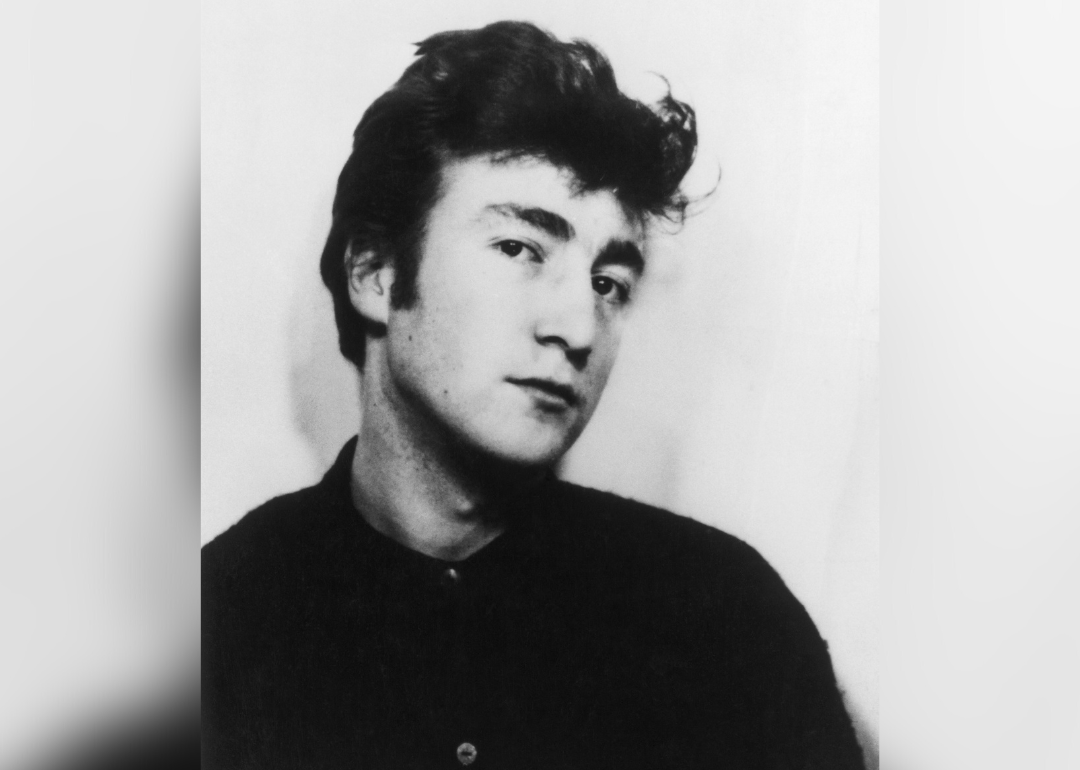
Death of his mother
It seemed death followed John throughout his life. At 17, the singer-songwriter lost his mother, Julia. Though John did not live with his mother for most of his young life, they had a very close relationship. After visiting her sister Mimi on July 15, 1958, Julia was struck by an off-duty police officer named Eric Clague, who was still learning to drive at the time. Julia died at Sefton General Hospital hours later. It's unclear if John ever recovered from her loss. The song "Julia," written for her, was released on "The White Album" in 1968.
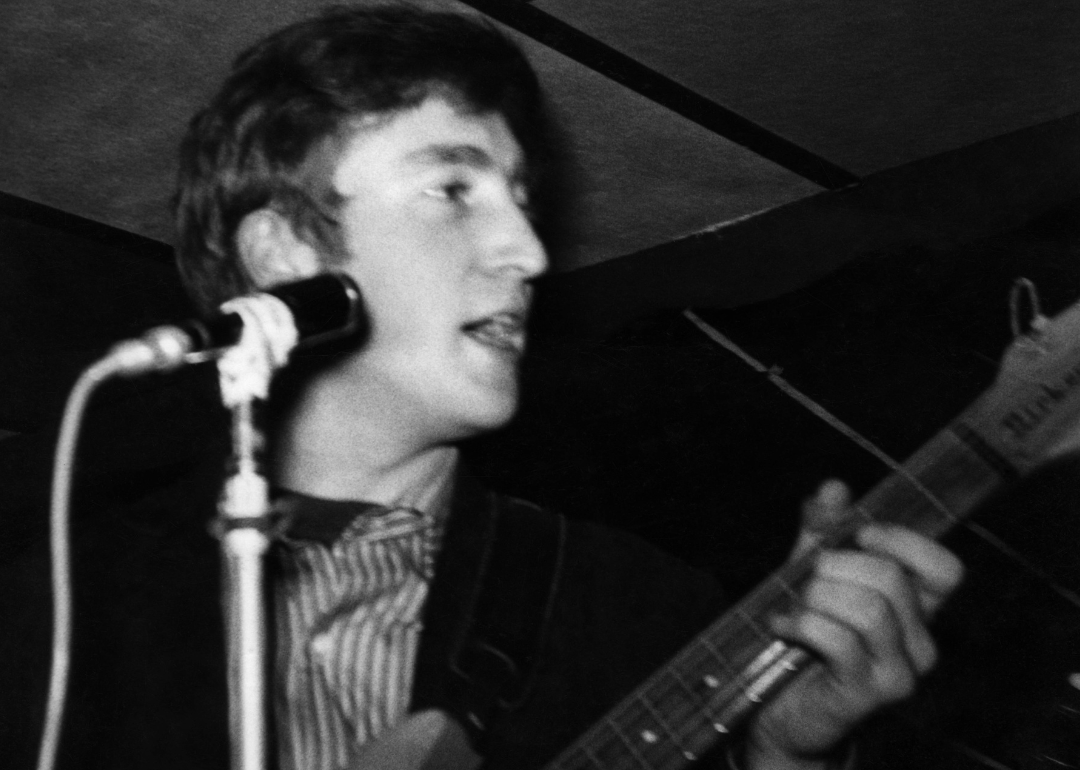
John spirals into a life of alcohol and anger
John began drinking heavily to cope with the loss of his mother and frequently got into fights, according to his aunt, Mimi Smith, who predominantly raised him. He was constantly teetering on the edge of expulsion from school and wouldn't have been accepted into Liverpool College of Art if it weren't for his aunt's intervention.
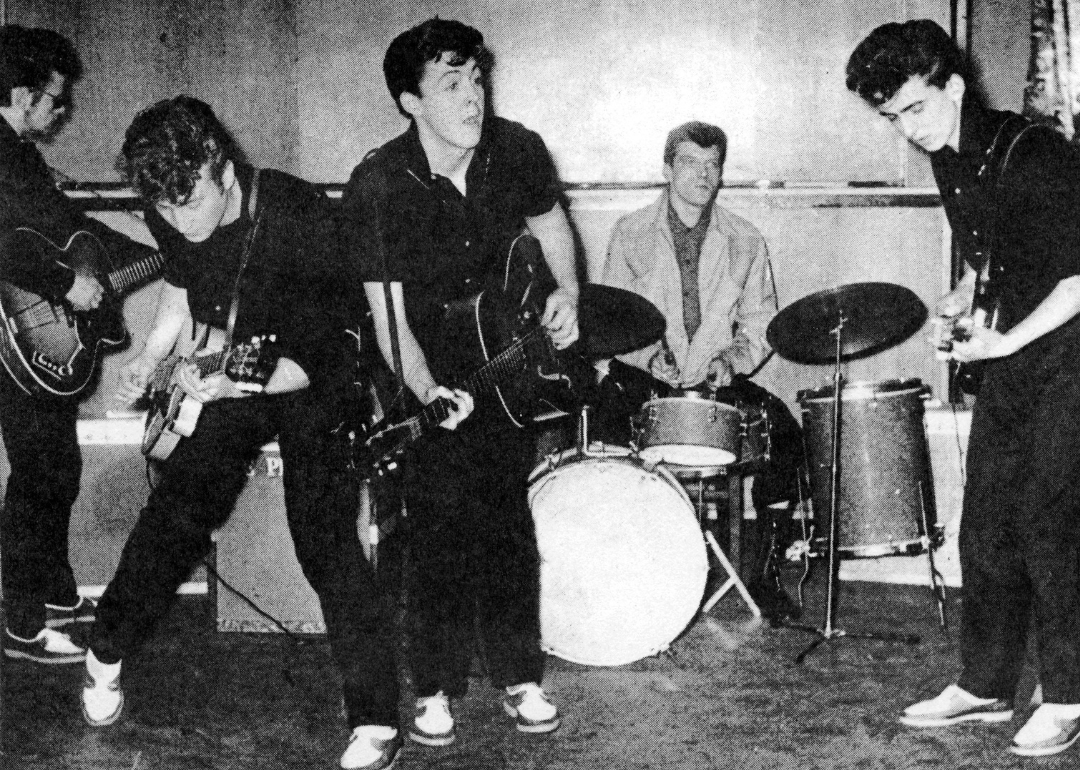
Before there was the Beatles, there was the Quarrymen
John's mother consistently encouraged him to play music throughout his life—from teaching him the banjo and ukulele to purchasing his first guitar. In 1957, he recruited some of his closest friends for the group.
Originally formed as a skiffle group, similar to American bluegrass, the original members practiced and played together for a year before making their live performance debut on July 6, 1957, at St. Peter's Church in Woolton. Having founded the Quarrymen a year before his mother's death, John put renewed focus on the band after she passed away.
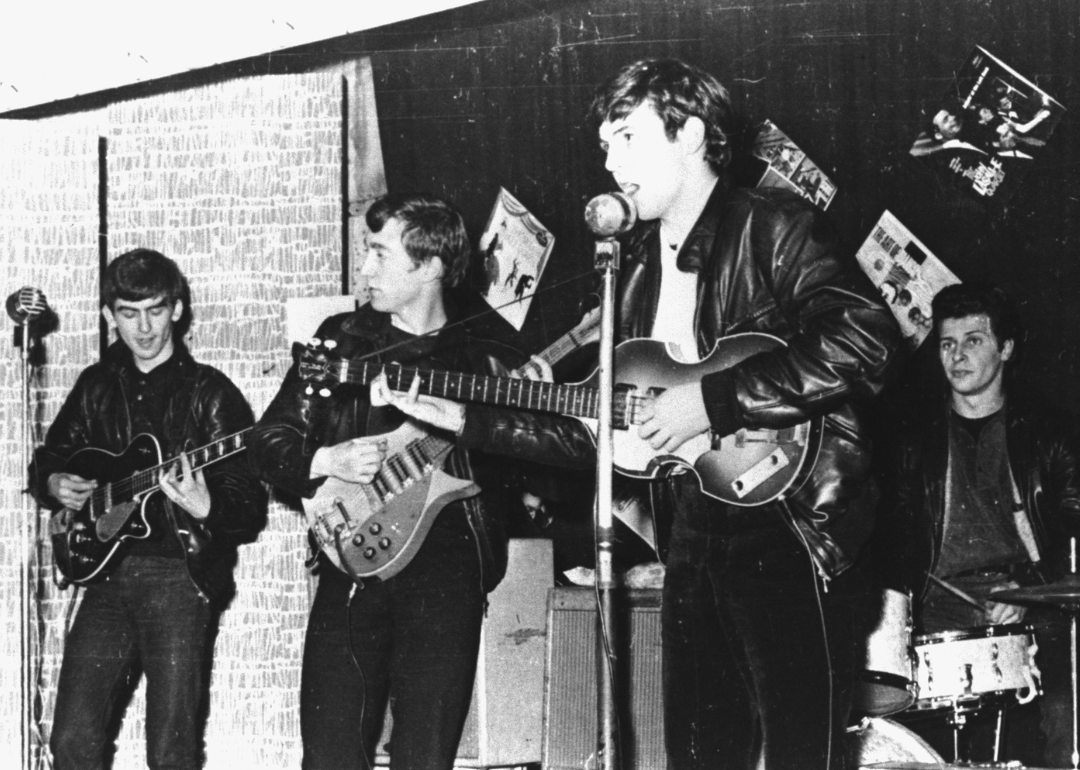
John Lennon and Paul McCartney meet
Most of the world never knew the Beatles without Paul McCartney, Ringo Starr, John Lennon, and George Harrison, but the Quarrymen had none of those musicians except John. McCartney, 15 at the time, came with his friend Ivan to see the Quarrymen perform on July 6, 1957. The two met after the show and immediately bonded over techniques. Two weeks later, John asked McCartney to join the group.
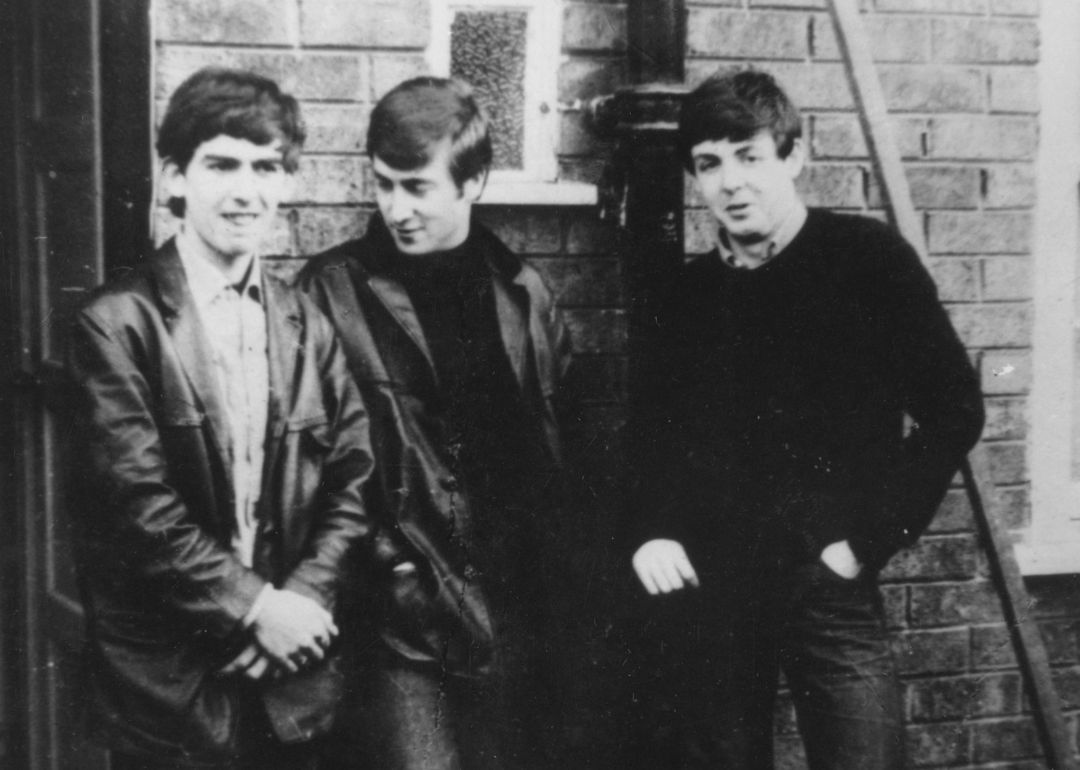
The Lennon and McCartney families didn't like each other
While the bond between John and Paul McCartney was swift and proved hugely impactful on both of their lives, neither family approved of the other. John's aunt made it very clear that she believed McCartney was lower-class, and conversely, McCartney's father blamed John for always getting his son into trouble. Perhaps proof that some of the best things are born from the roughest of circumstances.
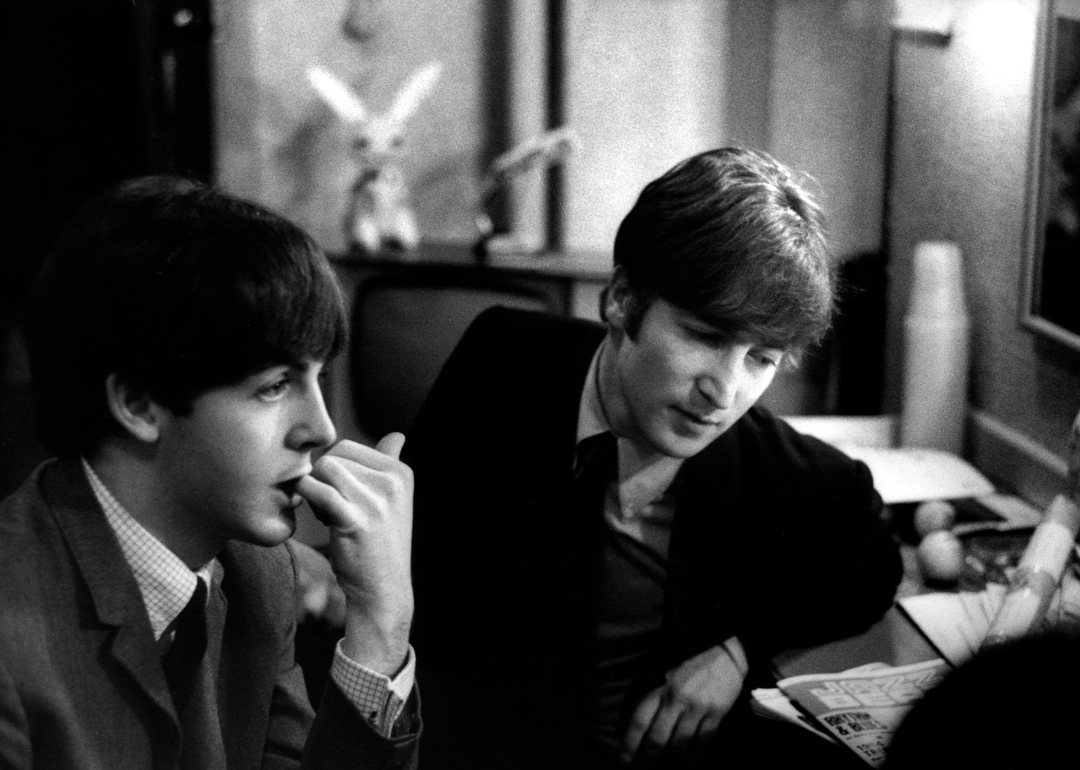
Shared losses at an early age
Both Paul McCartney and John lost their mothers at early ages, and it is said that it was this commonality that helped bond them during the fledgling stages of their friendship. The ability to work through complex emotions as a unit seemed to translate into their music, as they are both considered some of the best songwriters of all time.
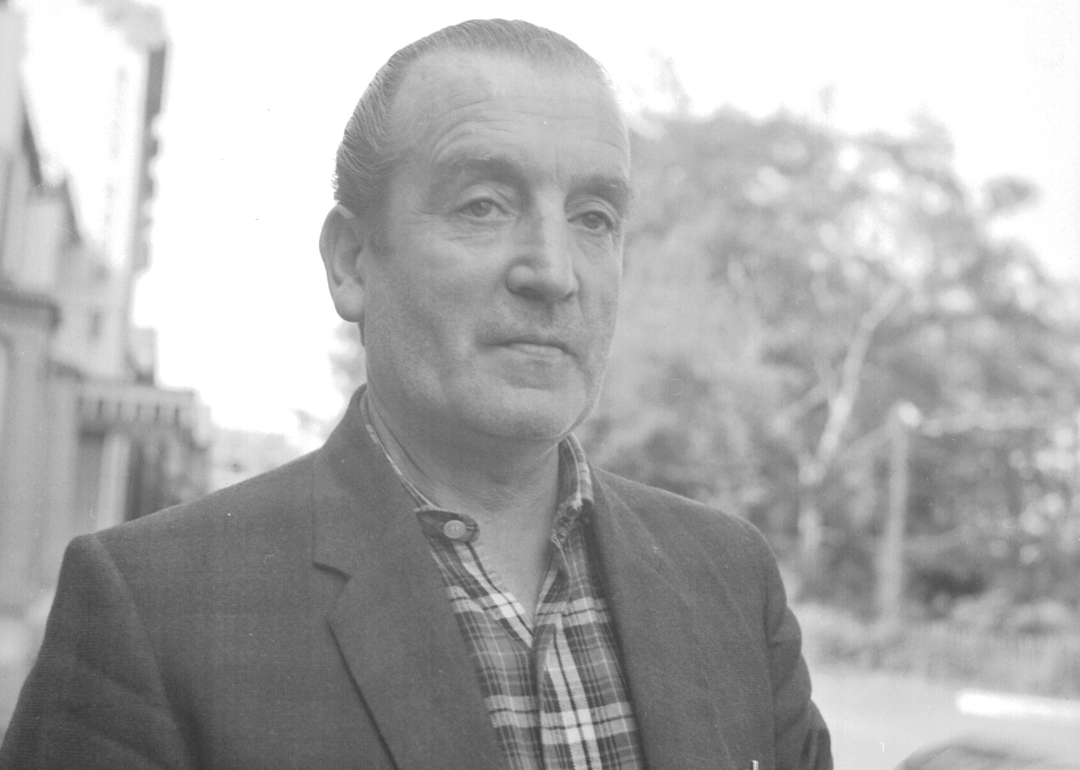
John's nonexistent relationship with his father
The songwriter's father, Alfred Lennon, was a merchant seaman who was absent for most of John's young life. Before the singer turned 4, his father had gone AWOL from his duties and disappeared off the grid to avoid legal issues with the military.
During his time as a merchant seaman, Alfred was rarely on land and never around his son. The only support he was able to provide was financial. When he went AWOL, the military payments he received stopped, and so did his support for his wife and son. Assuming this meant her relationship was over, John's mother moved and was pregnant with a daughter before Alfred returned.
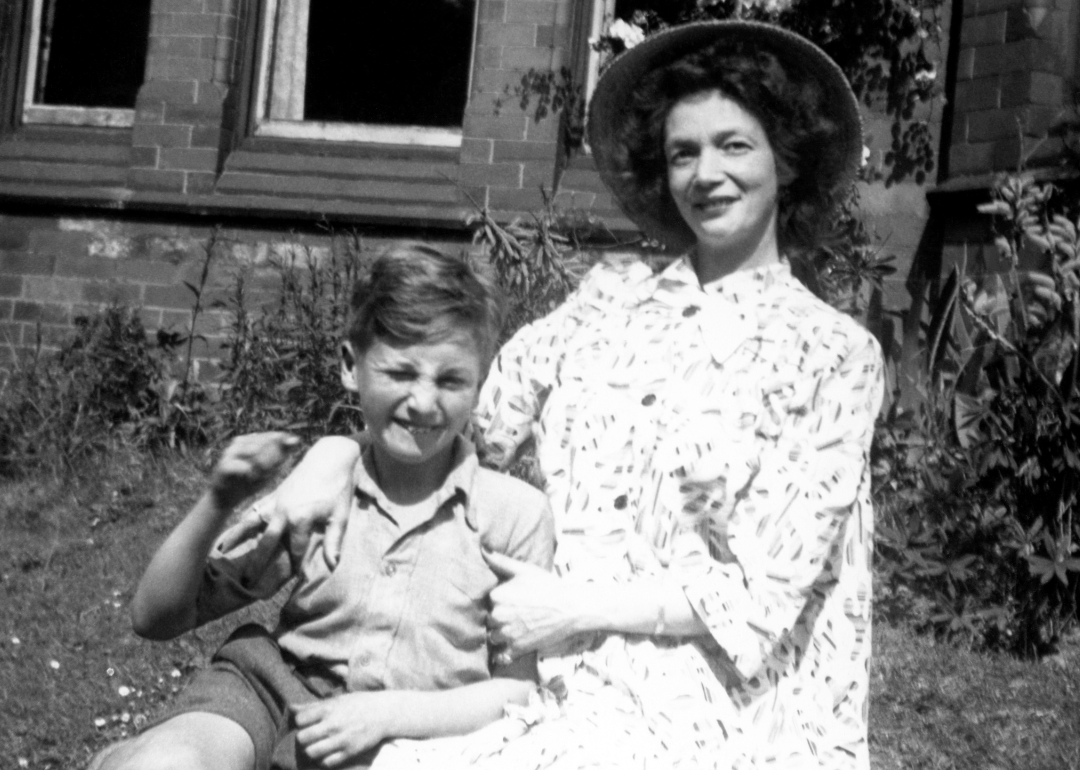
John's father attempted to emigrate with him to New Zealand
Alfred had been off the grid for nearly two years before he returned to England to take John on a trip to Blackpool in 1946—with the intention of moving his son to New Zealand. John's mother, finding out Alfred was in town from her sister Mimi Smith, tracked them down and took John back home. It would be the last time John saw his father for decades.
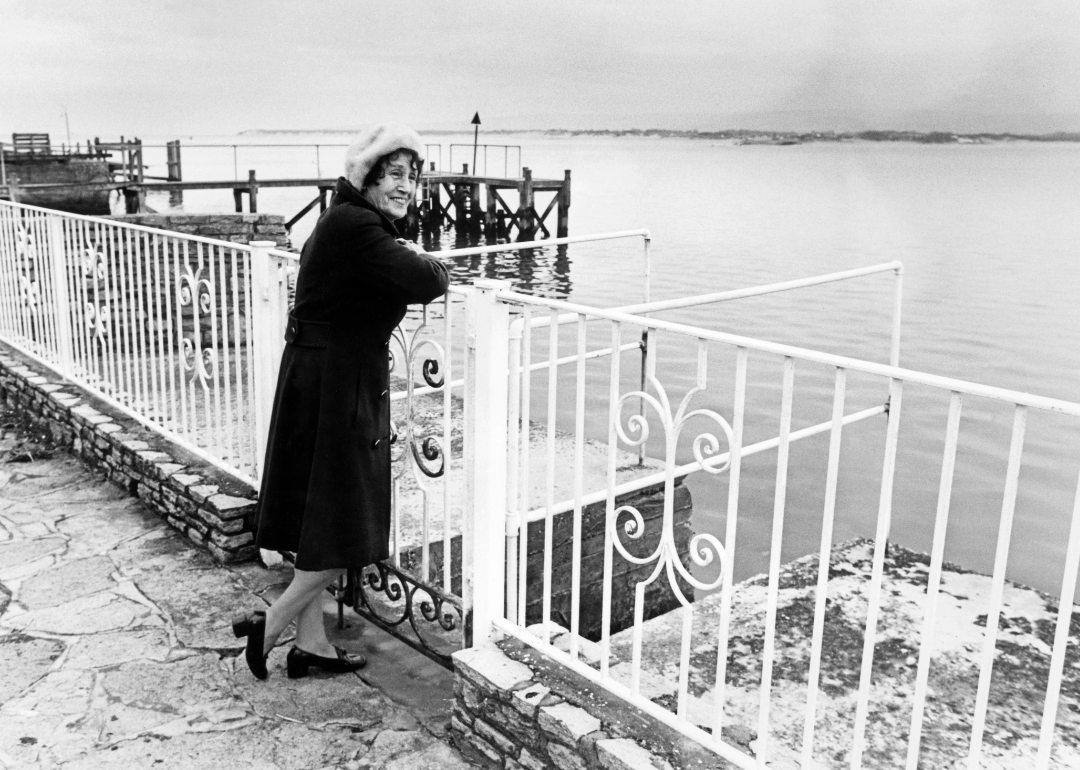
Predominantly raised by his aunt
John's aunt Mimi Smith was the polar opposite of her sister in practically every way. While Julia Lennon was considered a free spirit, Smith was strict, rational, and structured. Smith, disapproving of her sister's lifestyle around John, lodged multiple complaints with social services until Julia eventually relinquished care of baby John.
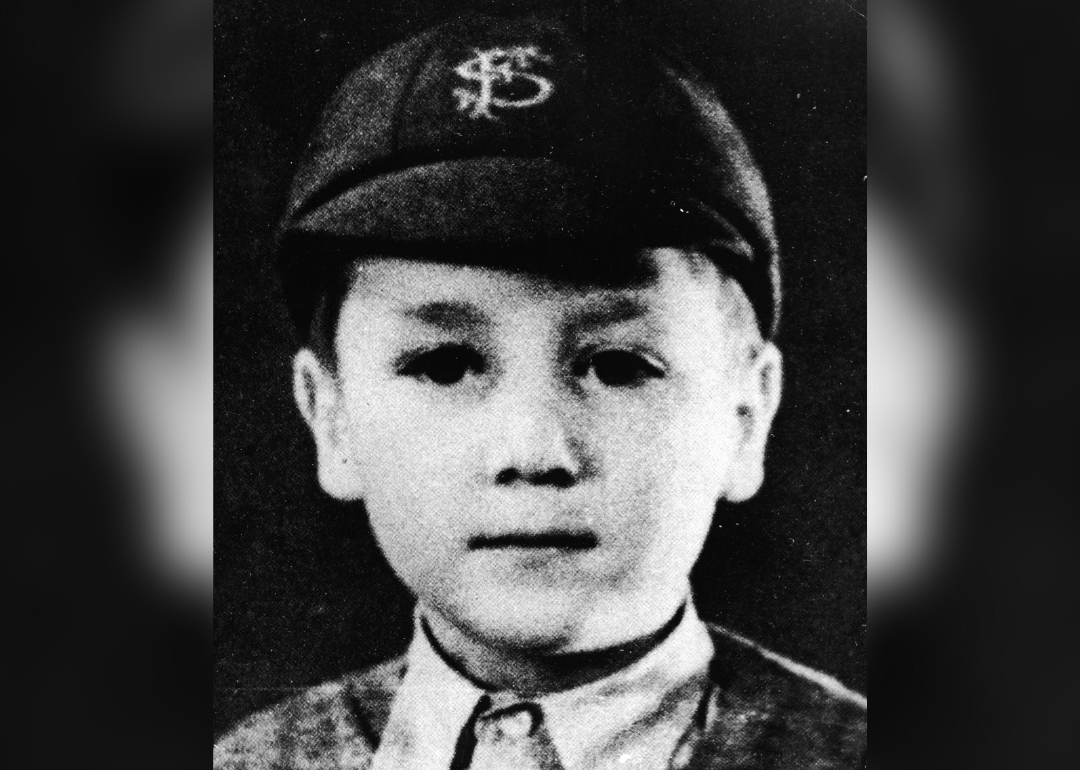
While John died a legend, his birth was also legendary
According to the story his aunt often told, John Winston Lennon was born on Oct. 9, 1940, under the full bombardment of a German air raid taking place in Liverpool. While communications and history have proven that story false, it seems fairly fitting the story of John Winston Lennon began with a bang.
